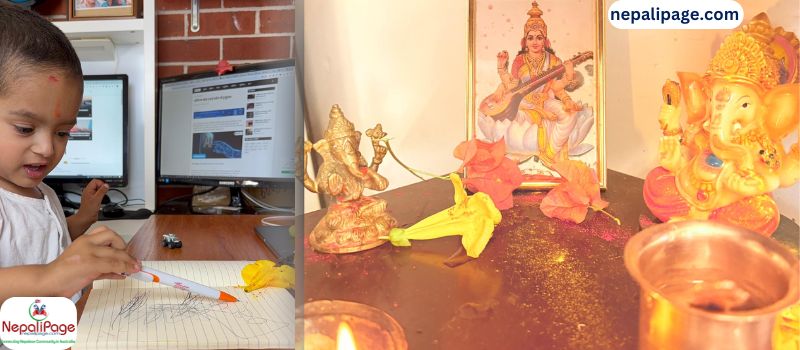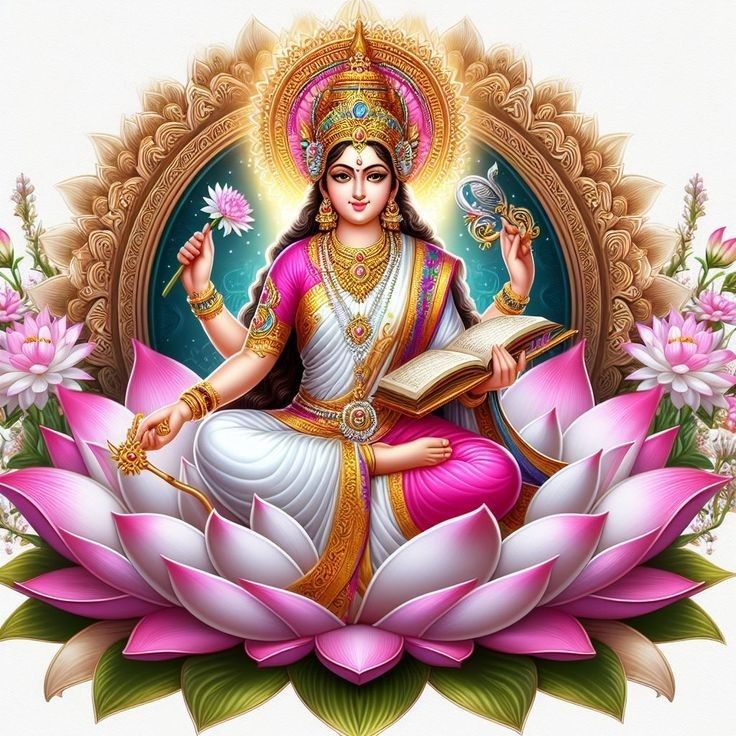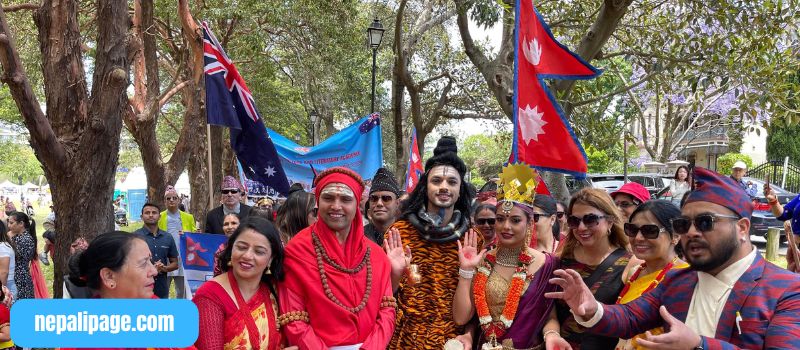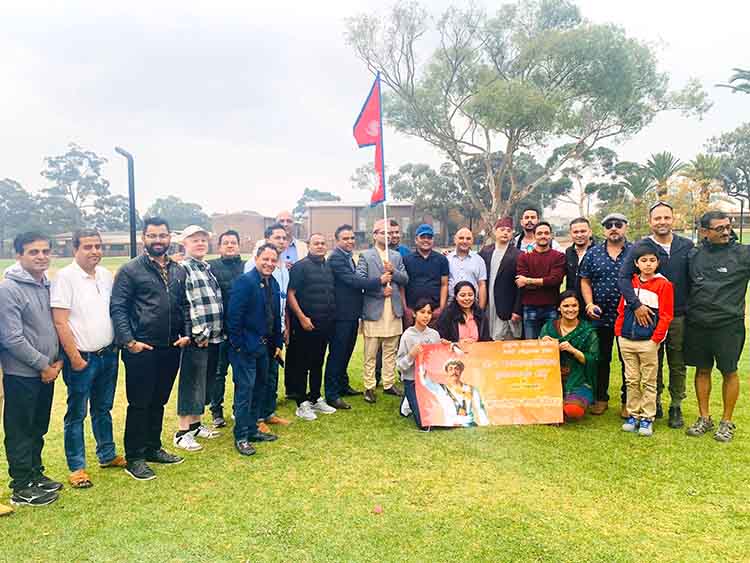Saraswati Puja, also known as Basanta Panchami, or Shree Panchami, is a Hindu festival to celebrate Goddess Saraswati, goddess of intelligence, studies, education, music, and arts. She is worshipped for blessings in intelligence, creativity, and academic success in school.
The students, teachers, intellectuals, and artists particularly enjoy celebrating this festival. According to them, offering puja to Goddess Saraswati will make them successful in studies and in creating works of art. It is an ideal occasion for Vidyaarambha, when little kids go to school for the first time.

The History and Meaning of Saraswati Puja
In Hindu mythology, Goddess Saraswati was created by Lord Brahma, god of creation. She bestows intelligence and learning to humans. She is frequently represented wearing a white saree, representing purity, in her hands holding a Veena (a musical instrument), a book, and a rosary, representing music, studies, and individual development.
The puja takes place during the fifth day of the waxing moon (Panchami Tithi) in Magh (January–February). It is regarded as the beginning of spring (Basanta Ritu), when winter ends and new life and vigor arrive, and flowers start blooming, particularly yellow ones (mustard flowers). Yellow is considered a dominant hue for celebrations.
How is Saraswati Puja celebrated in Nepal?
Saraswati Puja is highly celebrated in Nepal, particularly in schools, colleges, temples, and at home. Some customs include:
1. School and college puja
- The schools and colleges conduct special puja and cultural programs.
- Books, pens, musical instruments, and tools for work of imagination are kept alongside Saraswati’s statue and blessings for intelligence and success are solicited.
2. Saraswati Temple darshan
- The devotees go for darshan at significant Saraswati temples such as Swayambhu Saraswati Temple in Kathmandu and Lele Saraswati Temple in Lalitpur.
- Devotees write messages with chalk and pencils in walls and stones in temples to exhibit their desire to gain enlightenment.
3. Learning beginnings (Vidyaarambha)
- The parents assist little children in writing their first letters during this sacred period to begin studying.
- The ritual is performed with a hope that Saraswati will bestow them with intelligence and success in life.
4. Wearing yellow and preparing special food
- The devotees mark the occasion with yellow, representing yellow flowers and vigor.
- The family prepares special foods such as Kheer (rice pudding with sugar and milk), Sel Roti, and fruits, then serves them to goddess Saraswati and then consumes them.
5. Festivity in Culture
- The goddess Saraswati, representing intelligence and studies, is worshipped in schools and communities with reading of poems, concerts of music, and exhibits of artwork.

How Can Nepalese in Australia Observe Saraswati Puja?
Although Nepalese in Australia are geographically distant, yet with planning, they can preserve their customs and celebrate Saraswati Puja meaningfully.
1. Planning community festivity
- Nepali communities in locations such as Sydney, Melbourne, and Brisbane can organize Saraswati Puja events at Hindu temples and community centres.
- Nepalese groups can educate kids about the festival through prayer, cultural events, and narrating stories.
2. Home worship
- The family can organize a small Saraswati puja with an idol or photograph of goddess Saraswati.
- The parents can make kids sit in front of the small puja with books, instruments, and tools for creativity and request them to pray for intelligence.
3. Online festivity
- Nepali communities in various regions of Australia can join hands through video calls and celebrate together.
- They can conduct Nepali language classes and speak about goddess Saraswati and her role through virtual platforms.
4. Learning and cultural conservation
- On this important day, parents can teach their children how to write their first Nepali letter.
- Enrolling children in Nepali language and cultural schools in Australia allows them to keep connected to their roots.
5. Dressing in traditional attire and preparing festive food
- Families can dress in yellow and give traditional Nepali foods such as Kheer, Sel Roti, and fruits.
6. Visiting Hindu Temples in Australia
- Many Hindu temples in Australia, like Sri Durga Temple (Melbourne) and Sri Mandir (Sydney), welcome Nepali pilgrims to pray and celebrate the festival.
By celebrating Saraswati Puja in Australia, Nepalese may pass down their traditions, culture, and values to future generations, keeping their children connected to their history.
Saraswati Puja is a celebration of education, wisdom, and creativity, signaling the start of school and the approach of spring. While it is typically celebrated in Nepal with temple visits, prayers, and educational procedures, Nepalese in Australia can personalize their festivities by arranging community events, home worship, and cultural education activities.
By preserving these traditions, Nepali communities ensure that Goddess Saraswati’s blessings continue to inspire learning and creativity wherever they are in the world.











